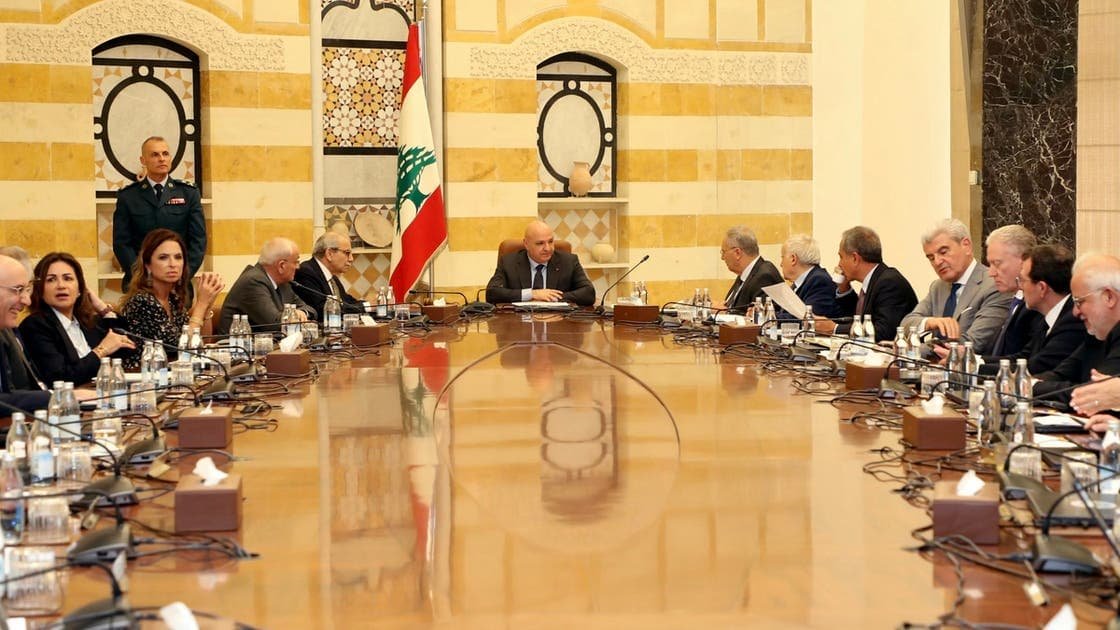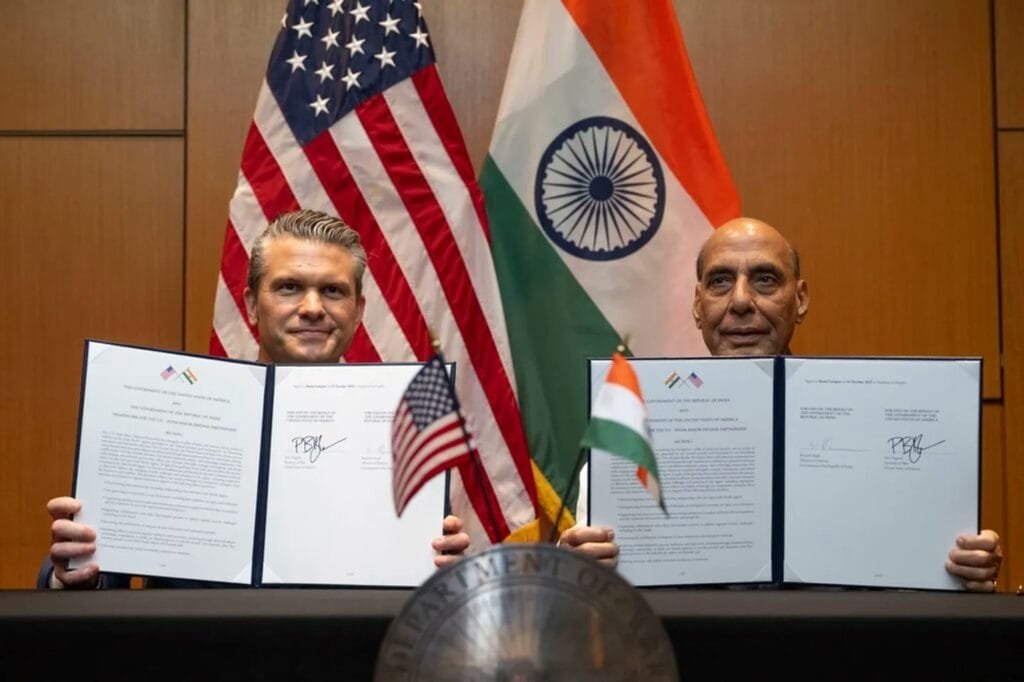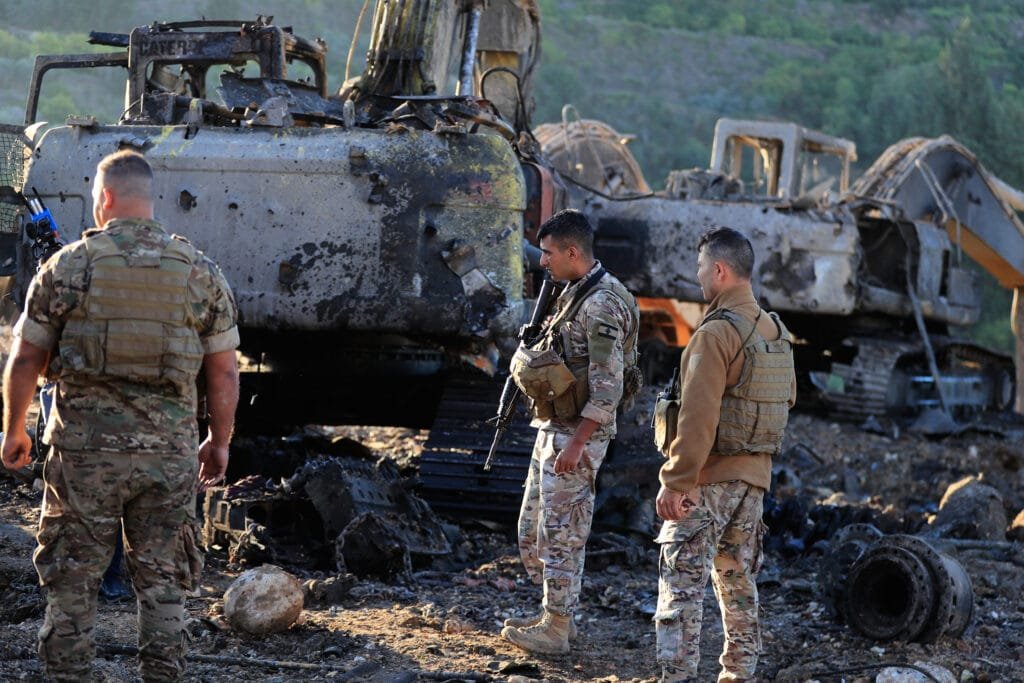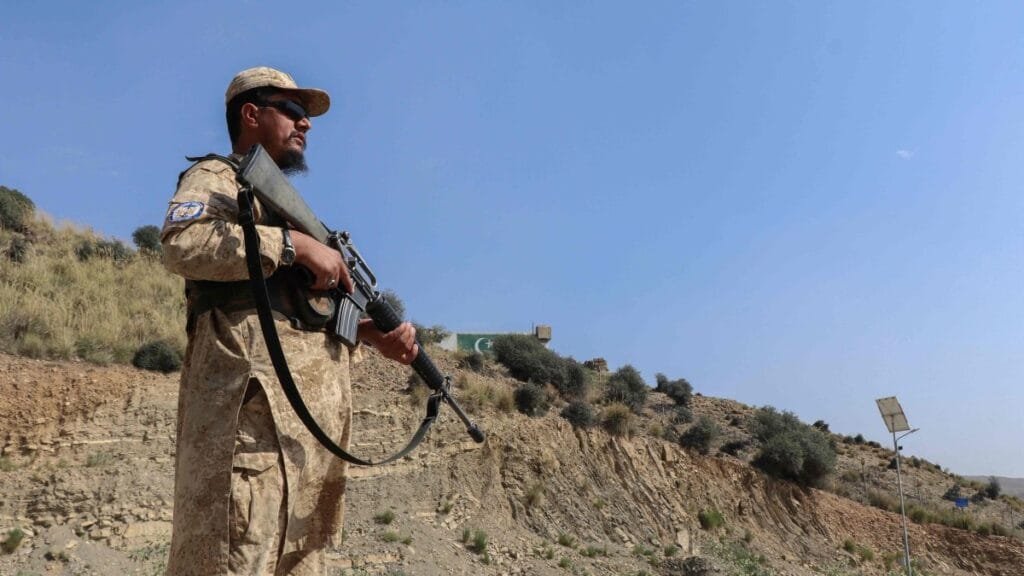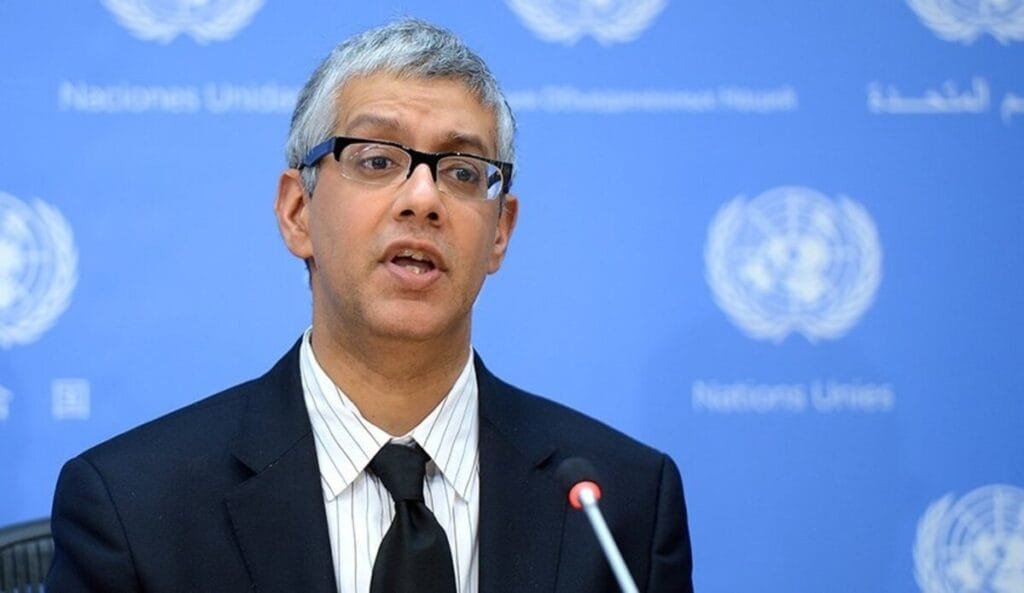On August 7, the volatile Lebanese Cabinet meeting broke down when four Shiite ministers including representatives from Hezbollah, the Amal Movement, and independent MP Fadi Makki abandoned the session in protest over a U.S.-sponsored ceasefire and disarmament roadmap they argued capitulated to external pressure. In defiance of their exit, the remaining ministers endorsed the proposal’s broad objectives, setting the stage for Lebanon to reclaim its monopoly on arms and strengthen sovereignty. The plan calls for the Lebanese Army to assume exclusive control of weaponry by year-end, culminating in Hezbollah’s full disarmament, the drawdown of Israeli forces, the cessation of airstrikes, and Lebanese border demarcation—backed by reconstruction pledges from the U.S., France, Saudi Arabia, and Qatar.
The plan, laid out by U.S. envoy Tom Barrack, includes a four-phase timeline: formal Cabinet approval within 15 days, implementation over the next 60 days, phased Israeli withdrawal, and the dismantling of Hezbollah’s heavy weapons, including rockets and drones, culminating in an international economic forum to rebuild Lebanon. Hezbollah responded furiously, calling the move a “grave sin” and vowing to “treat this decision as if it does not exist.” The group insists it will only disarm once Israel completely pulls back and ceases its daily strikes, which have killed hundreds since the November ceasefire.
The broader backdrop amplifies the tension: following a drawn-out conflict from October 2023 to November 2024, Hezbollah suffered significant military losses and logistical isolation after the fall of its Syrian ally, Bashar al‑Assad. Coupled with U.S. pressure, Beirut is under no small amount of coercion to act swiftly or risk reigniting hostilities with Israel.
As the meeting unfolded, an Israeli airstrike near the Syrian border claimed five lives, while UN peacekeepers uncovered hidden weapons caches and fortified tunnels in southern Lebanon, evidence of enduring instability and the challenges ahead.

